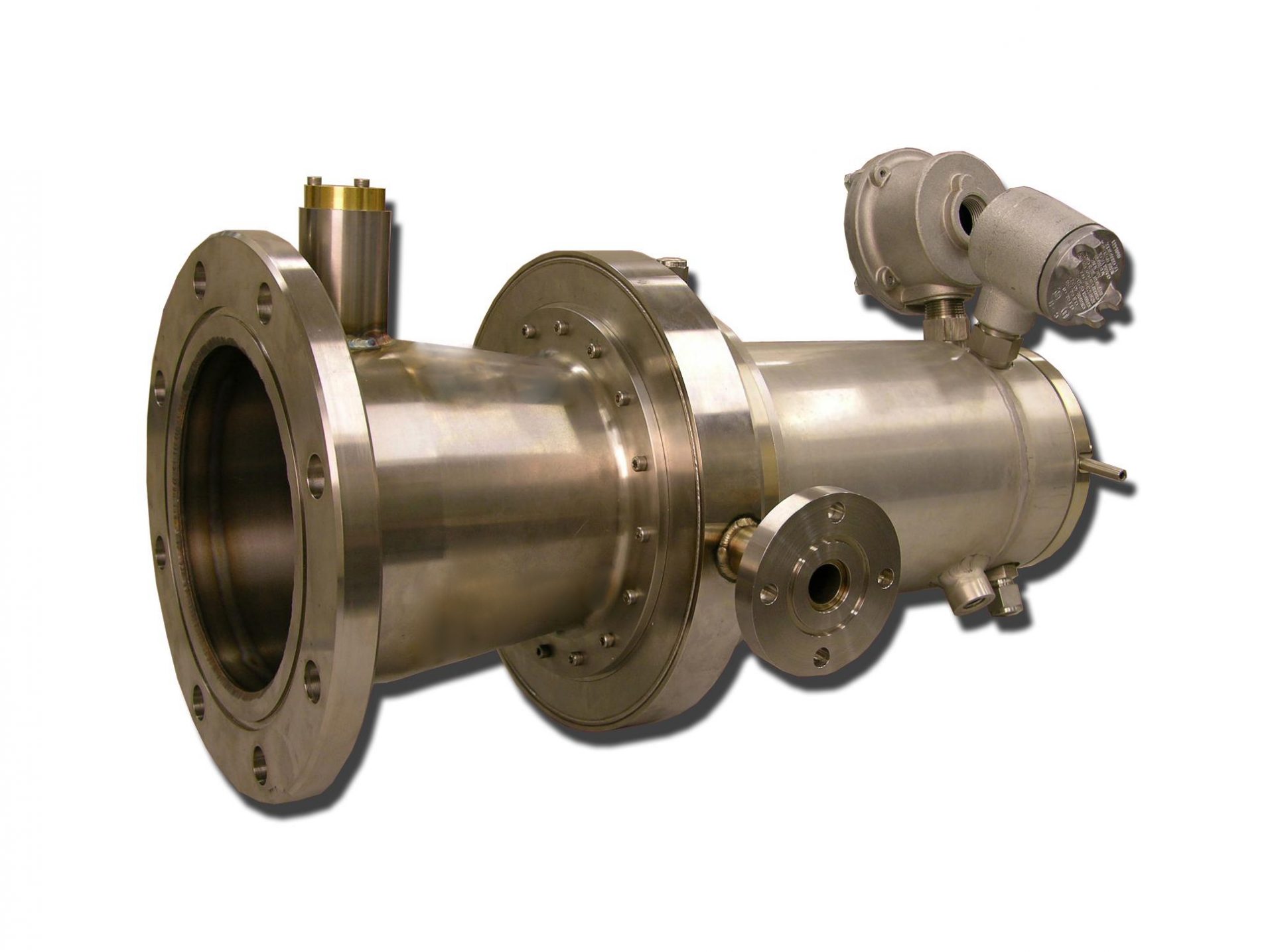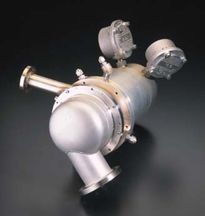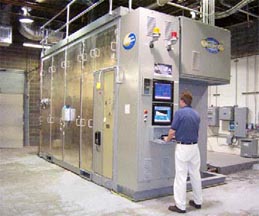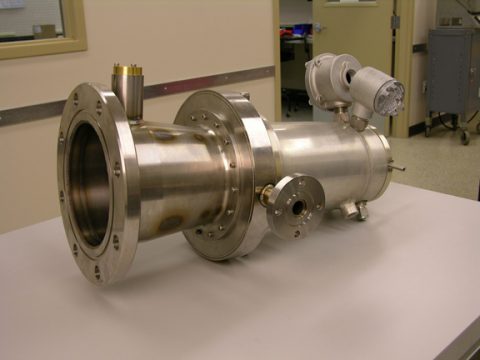Barber-Nichols (BN) has extensive experience designing and producing compact, high-speed turbo-alternators. High power (up to 6 MW) turbine-generators utilizing gearbox reduction have been developed by BN since 1980, but recent smaller capacity designs (up to 400 kW) have utilized a high-speed, single-shaft, permanent magnet architecture. This approach allows the machine to operate at the optimum speed for turbine efficiency without the challenges of engineering a high reduction ratio gearbox for a one-off application. Low-hour duty machines can be offered with rolling element bearings, while the longer mean time between refurbishment machines can be fitted with foil bearings. Both radial in-flow and axial impulse designs are available to best match your duty. BN also offers power electronics products to control the turbine-alternator or invert the power to grid conditions as needed.

Turbine Alternators
Model FCE-01-000 Bottoming Turbine Alternator in Direct Carbonate Fuel Cell Stack


Model BNPM-06-000 Turbine Alternator

An increasing number of applications require the efficiency, size, and hermetic characteristics of a single-shaft turbine-alternator. The decreasing cost of the power electronics utilized in the rectification/inverter equipment made this an economically viable alternative for many systems that have traditionally utilized gearboxes and low-speed generators. The hermetically sealed design eliminates maintenance-intensive shaft seals.
Power levels from 3 kW to 75 kW have been built and tested.
Fluids at temperatures reaching 927 oC (1,700 oF) include:
- Jet Propellant (JP-8)
- HFC-245fa Vapor
- Toluene
- Hydrogen Mixture Fuel Cell Byproduct Gas
- High-Pressure Steam
Case Study 1: High-temperature exhaust gas (from a diesel fuel reformation process to feed hydrogen into a solid oxide fuel cell) was utilized to make additional electric power. A turbo-alternator was designed to make 60 kW of electric power utilizing a high-speed permanent magnet alternator. The design featured ball bearings that utilized a process fluid, diesel fuel, to lubricate the ball bearings.
Case Study 2: A turbo-generator was designed to use in an Organic Rankine Cycle (ORC) for a standby power application. A Switched Reluctance (SR) motor/alternator was designed with a radial in-flow turbine. The SR machine was utilized in motoring mode when the machine was in standby mode. The SR machine has inherently low rotating losses at low power levels. When power was needed, the organic Rankine fluid was applied to the turbine, and the SR machine generated up to 10 kW of electrical power.

Case Study
Barber-Nichols designed and built a 6kW Uninterruptible Power System that utilized a High Inertia Turbine (HIT 6). The alternator is situated between the turbine wheel and the 2.0 kg (4.5 lb) flywheel.

